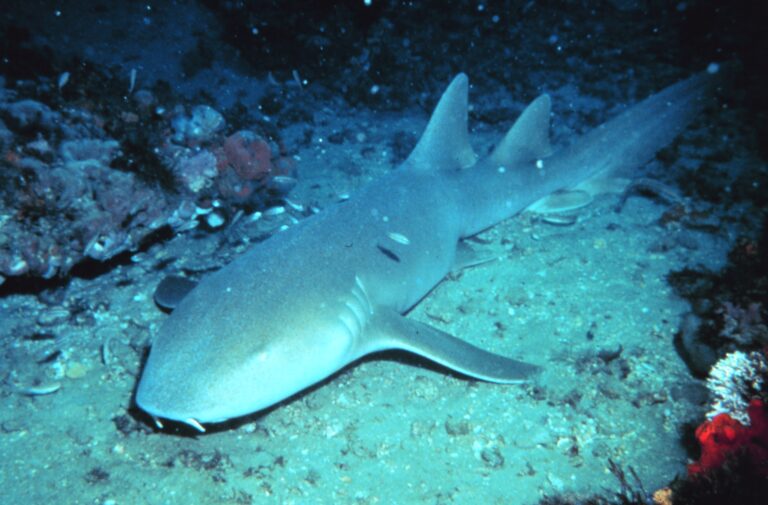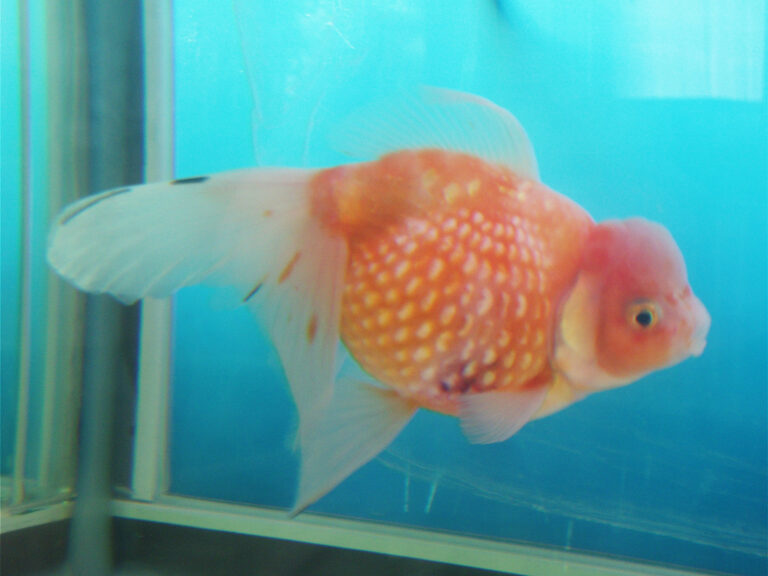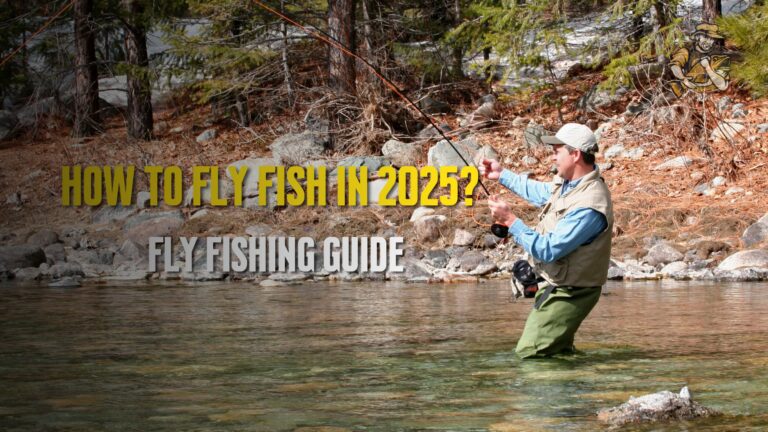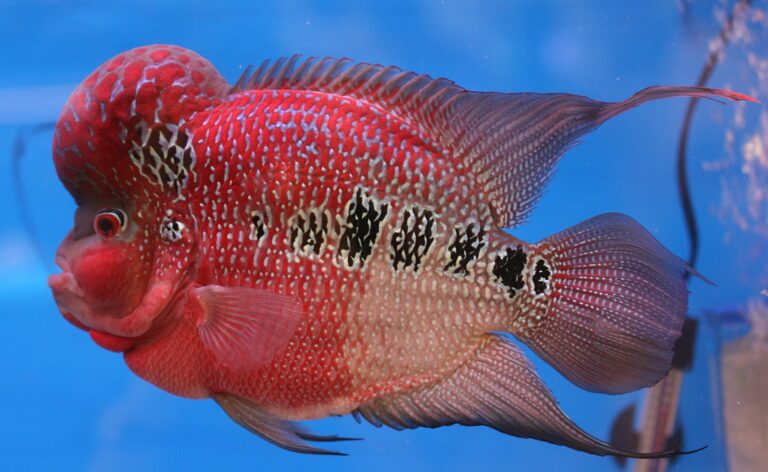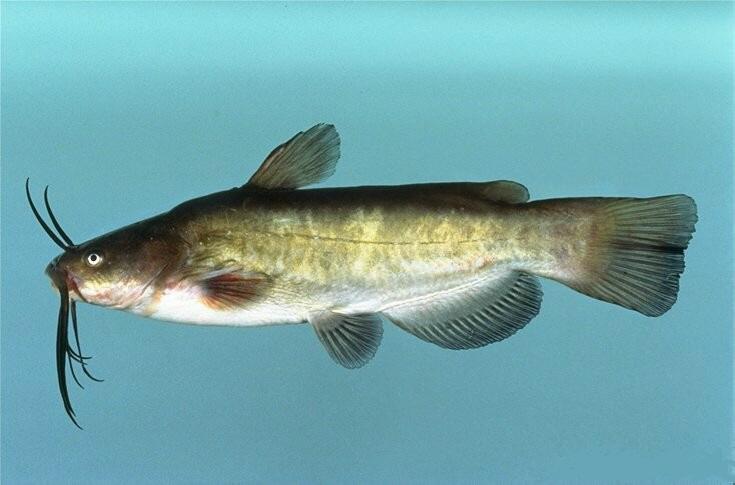Fishing with Kids: How to Make It Fun and Educational
By Adam Hawthorne | Last Modified: May 22, 2025
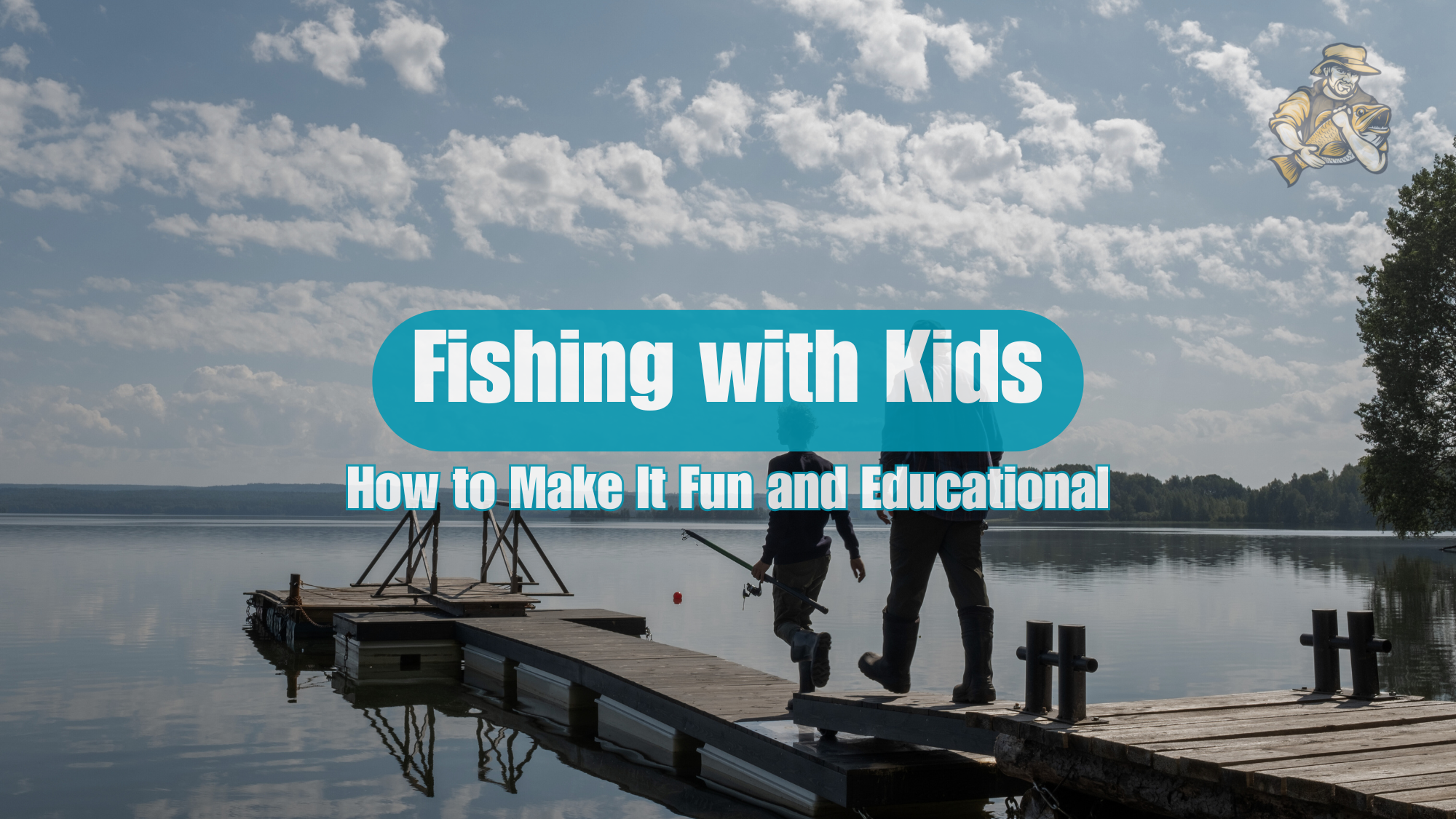
I’ll never forget the look on my son Tommy’s face when he caught his first bluegill. He was six, using a Spider-Man rod that was frankly ridiculous – all plastic and impossible to cast properly – but he insisted on using it. After an hour of untangling lines and rebaiting hooks, I was about ready to pack it in. Then that bobber disappeared, and everything changed. The pure joy that lit up his face made all the hassle worthwhile.
Over my 30+ years of fishing, I’ve learned that taking kids fishing requires a completely different approach than adult fishing trips. It’s less about catching trophy fish and more about creating memories and sparking a lifelong interest in the outdoors. I’ve made plenty of mistakes along the way – like that time I took Tommy and his cousin on a 6-hour trip when they were both under 8. That was a disaster I still hear about at family gatherings.
Let’s break down how to make fishing with kids something they’ll actually enjoy rather than an exercise in mutual frustration.
Why Fishing with Kids Matters More Than You Think
Before jumping into the how-to, let’s talk about why bringing kids fishing is worth the extra effort. It’s not just about creating little anglers – although that’s a nice bonus.
Fishing teaches kids patience in a world of instant gratification. When Tommy was younger, he expected fish to bite immediately – just like everything else in his video-game-influenced world. Now at 9, he understands that good things sometimes require waiting and persistence. That’s a life lesson worth way more than any fish we’ve caught.
Beyond patience, fishing offers kids:
- Unplugged time away from screens
- Direct connection with nature
- Problem-solving opportunities
- Confidence building when they succeed
- Lessons about conservation and environmental stewardship
A study from the Recreational Boating & Fishing Foundation shows that kids who fish regularly develop stronger connections to nature and better understand environmental concepts. I’ve seen this firsthand – Tommy now notices things like water clarity, insect hatches, and habitat features that most kids his age would completely overlook.
But there’s something else that happens on fishing trips – conversations. Some of our best talks have happened while waiting for fish to bite. Without screens or other distractions, kids actually open up. My buddy Dave who’s been taking his three daughters fishing for years says he learns more about what’s really going on in their lives during a three-hour fishing trip than in a month of dinner table conversations.
Getting Started: Equipment That Won’t Frustrate Everyone
One of the fastest ways to ruin a kid’s first fishing experience is to saddle them with equipment they can’t use. I made this mistake with my daughter Emma. Her first rod was a hand-me-down ultralight that was way too sensitive. She couldn’t feel the difference between a nibble and her own nervous jiggling. After 30 minutes, she was ready to throw the whole setup in the lake.
Kid-Friendly Fishing Gear That Actually Works
Skip the character-themed junk rods. I know they’re tempting – Tommy’s Spider-Man rod came with a matching tackle box that he loved. But it was terrible for actually fishing. The reel jammed constantly, and the rod had all the sensitivity of a broomstick.
Instead, look for:
- Push-button spincast reels: These are much easier for small hands to manage. The Zebco 33 has been my go-to for both my kids – reliable, simple, and around $30. I tried a cheaper knockoff brand last year when my nephew joined us, and it was a disaster – the button stuck after about 20 casts.
- Rod length matters: For kids under 10, a 5-foot rod is plenty. My daughter Emma struggled with anything longer – she couldn’t control the tip, which led to frustrating tangles. Her 4’6″ light action rod has been perfect.
- Pre-spooled with proper line: Most kid-specific combos come with 6-8 lb test line, which is ideal. I once tried to “upgrade” Tommy’s reel with 10 lb test, thinking it would reduce break-offs. All it did was make casting harder and created more wind knots.
- Rod holders are lifesavers: Kids have short attention spans. Having a rod holder means they can take breaks without completely abandoning fishing. The simple $9 metal ones that stick in the ground have saved countless fishing trips for us.
When Emma first started showing interest in fishing last summer, I went overboard and bought her a $75 premium kids’ combo. Complete waste – she used it twice, then went back to her simple Zebco because it was easier to handle. Save your money for bait and snacks.
Tackle for Kids: Simpler is Always Better
You don’t need a fancy tackle box loaded with options. In fact, having too many choices often overwhelms kids. Keep it basic:
- Pre-tied hooks: Nothing kills enthusiasm faster than spending 15 minutes tying hooks while kids get bored. I pre-tie at least 10 hooks to leaders before any trip with my kids.
- Bobbers that actually work: Those tiny red and white bobbers that come with starter kits are usually too small. Kids can’t see them well, especially in choppy water. I use slightly larger, more visible bobbers. The slip bobbers from Michigan Fishing Tackle Supply have been great – they’re bright orange and practically glow in the water.
- Limited lure selection: For beginners, 2-3 proven lures are plenty. For my kids’ early trips, I stuck with simple jigs and small spinners. Tommy got overwhelmed with choices until I simplified things.
- Safety first: I replace all treble hooks with single hooks on lures my kids use. After Emma hooked her thumb last July (which resulted in an unplanned trip to urgent care and tears all around), I modified all their lures. The fish don’t seem to mind, and my stress levels dropped considerably.
I carry a second, more extensive tackle box for myself, but the kids each get a small box with just the essentials. This prevents the “I want to try everything and consequently catch nothing” syndrome that plagued our early trips.
Finding Kid-Friendly Fishing Spots (Not Just Any Old Lake)
Location can make or break a fishing trip with kids. That peaceful, remote stream where you catch trophy brown trout? Probably terrible for children. Ask me how I know – I still remember Tommy’s whining after the mile-long hike to my favorite spot on the Au Sable River. “Dad, there’s bugs EVERYWHERE!” was the refrain for three solid hours.
What Makes a Great Kid Fishing Location
The perfect spot for kids has these features:
- High probability of action: Kids need to catch fish – any fish – to stay engaged. My local park pond is loaded with small bluegill that bite constantly. It’s not exciting fishing for me, but Tommy caught 14 fish on his first trip there, and he was hooked on fishing from that day forward.
- Easy, safe access: Steep banks, deep water, or difficult approaches are deal-breakers. Emma refuses to return to one otherwise perfect lake because she slipped on the muddy bank and got soaked our first time there.
- Comfortable amenities: Bathrooms, picnic tables, and shade make a huge difference. Trust me on the bathroom part. Nothing ends a trip faster than a kindergartner announcing an emergency with no facilities in sight.
- Room to roam: Kids need breaks from fishing. Spots with playgrounds, open fields, or interesting shorelines to explore are ideal. Last summer, we found a perfect spot at Lake Leelanau where the kids could alternate between fishing and building rock towers on the shore.
- Not crowded: Sharing space with serious anglers creates unnecessary pressure. I once took Tommy to a popular fishing pier, and the constant sighs from nearby fishermen when he made noise made us both miserable.
Some of our best spots have been:
- Small community ponds (often stocked and managed for beginners)
- Fishing piers specifically designed for families
- Quiet lake coves away from boat traffic
- Public parks with fishing access and playgrounds nearby
The Michigan DNR has a great family fishing destinations program that lists kid-friendly locations. We’ve had good luck with almost all their recommendations, except for one spot on Lake Erie that was way too windy for comfortable kid fishing.
Timing Is Everything: When (and How Long) to Fish with Kids
I’ve seen countless parents drag exhausted, hungry, or overheated kids on marathon fishing sessions. Don’t be that parent.
The Magic Window for Kid Fishing Sessions
Through trial and plenty of error, I’ve found these timing guidelines work best:
- Duration: 1-2 hours maximum for kids under 10. Even my fishing-obsessed son Tommy rarely lasts longer than that before needing a complete change of activity. My first few trips with him were far too long, and his enthusiasm noticeably waned after about 90 minutes.
- Time of day: Early morning or evening is best, especially in summer. Kids and hot midday sun don’t mix well. Last August, I tried a noon fishing trip with both kids, and it was a sweaty, cranky disaster within 30 minutes.
- Weather awareness: Mild days are worth waiting for. Fishing in uncomfortable conditions might be a badge of honor for adult anglers, but it’s misery for kids. A chilly spring day on the Pere Marquette River had Emma asking to leave after just 15 minutes despite the excellent steelhead fishing.
- Hunger prevention: Never start a fishing trip with hungry kids. I learned this the hard way during a pre-breakfast outing that quickly devolved into whining despite fish practically jumping on our hooks.
- Exit strategy: Always have a backup plan for when interest inevitably fades. Some of our best “fishing trips” ended up being 30 minutes of fishing followed by a nature hike or rock skipping contest.
The most important thing I’ve learned is to end on a high note. If the kids are having fun, don’t push your luck thinking “just a little longer.” Leave while they’re still enjoying themselves, and they’ll be eager to return.
Making It Fun: Fishing Games and Challenges That Actually Work
Traditional fishing – quietly waiting for a bite – can bore kids quickly. Adding games and challenges keeps them engaged even when the fish aren’t cooperating.
Fishing Games My Kids Actually Enjoy
These have saved many slow fishing days for us:
- Species Bingo: Create simple cards with local fish species, and kids get to mark them off as they’re caught (by anyone in the group). Tommy gets fiercely competitive about this, especially when fishing with his cousins.
- Size prediction: Before each cast, everyone guesses how big the next fish will be. Closest guess earns a point. Simple but surprisingly engaging. Emma is uncannily good at this game, somehow often guessing within an inch of what we catch.
- Target casting: Set up floating targets (milk jug lids work great) and award points for hitting them. Start close and move them farther away as skills improve. We use barbless hooks for this game to avoid actual hooking of the targets.
- Fishing story contest: During slow periods, we take turns making up increasingly outlandish stories about “the one that got away.” The more ridiculous, the better. My brother Michael started this tradition, and now it’s a required part of every family fishing trip.
- Nature scavenger hunt: Create a list of things to spot while fishing (osprey, turtle, unique cloud shape, etc.). This keeps kids engaged with their surroundings even when fish aren’t biting.
Last summer at our family cabin, we created the “Super Fishing Challenge” – a week-long contest with points for first fish, biggest fish, most unusual catch, best fishing joke, and more. The kids were completely obsessed, and my niece Abby (who had never shown any interest in fishing before) ended up winning with a surprisingly large smallmouth bass on the final day.
Teaching Moments: Making Fishing Educational Without Being Boring
Kids absorb information like sponges when it’s presented in the right context. Fishing offers countless opportunities for natural learning.
Sneaky Learning Opportunities While Fishing
I’ve slipped in these educational elements without triggering my kids’ “this is school” resistance:
- Basic biology: Discussing what fish eat, where they live, and how they survive teaches ecosystem concepts. Tommy was fascinated when I showed him how to “read” a lake – identifying weed edges, drop-offs, and other structure that holds fish.
- Conservation ethics: Teaching catch and release principles and why we sometimes keep fish helps kids understand resource management. Emma surprised me last year by lecturing her uncle about proper fish handling when he was a bit rough with a small bass.
- Weather impacts: Explaining how barometric pressure affects fish behavior introduces kids to weather science. We now check the barometer before trips, and Tommy has started noticing the correlation with our success rate.
- Mathematical thinking: Measuring fish, calculating distances for casting, and counting catches all reinforce math skills. I have Tommy estimate weight based on length, which has improved his multiplication skills more than any homework assignment.
- Local history: Many fishing spots have interesting historical significance. The old logging dam on our local river sparked an entire evening of research about the logging era in Michigan after I mentioned it casually during a trip.
The key is to keep these lessons short, relevant to what’s happening, and conversational rather than lecture-style. Kids learn more from a two-minute explanation of why we’re seeing mayflies hatch than from a 20-minute dissertation on insect lifecycles.
When Things Go Wrong: Turning Fishing Disasters into Positive Experiences
No matter how well you plan, things will occasionally go sideways. How you handle these moments often determines whether kids want to go fishing again.
Recovery Strategies for Common Kid Fishing Disasters
Trust me, I’ve experienced all of these:
- No fish biting: It happens to everyone. We have a “poor fishing, great eating” policy. When the bite is off, we pack up early and find somewhere fun to eat. Some of our favorite fishing spots were discovered during these “plan B” explorations.
- Tangled lines and equipment failures: Always bring backup equipment. After Emma’s reel seized up completely on a beautiful day on Lake Huron, I didn’t have a spare. Watching her sit on the dock while everyone else fished was heartbreaking. Now I bring an extra rod for each kid.
- Hooks in fingers: It will happen eventually. Stay calm, bring a first aid kit, and know when to seek medical help. After the aforementioned thumb-hooking incident with Emma, I switched to barbless hooks for both kids. The difference in hook removal difficulty is remarkable.
- Boredom meltdowns: Recognize the signs early and pivot to a different activity. When Tommy starts excessively casting and reeling without paying attention to his line, I know we have about 10 minutes before a full meltdown. That’s our signal to take a snack break or switch to exploring.
- Weather changes: Always check the forecast, but be prepared for unexpected changes. After getting caught in a sudden thunderstorm with both kids last year on Lake St. Clair, I now keep complete changes of clothes in the car and a weather app with alerts on my phone.
The most important thing is maintaining your own positive attitude. Kids take their emotional cues from you. When I lost an entire tackle box overboard last summer, I made a joke of it rather than showing my frustration. The kids still talk about “Dad’s fish donation program” rather than remembering a ruined trip.
Patience & Positive Reinforcement: The Real Secret to Fishing Success
More than any technique or location, your patience determines how kids experience fishing. This has been my hardest personal lesson – I’m naturally impatient, especially when I see improper fishing techniques that I know won’t work.
Building Confidence Through Incremental Successes
Rather than correcting every mistake, focus on praising what kids do right:
- Celebrate all victories: The first time Tommy managed to bait his own hook was as big a deal as catching a fish. We made such a fuss that he insisted on baiting everyone’s hooks for the rest of the day.
- Progressive independence: Start with doing everything for them, then gradually transfer responsibilities as they show interest. Emma resisted casting for months until I stopped offering to do it for her. Now she prides herself on her casting accuracy.
- Accept “good enough”: Perfect technique isn’t necessary for having fun. When my nephew visits from Ohio each summer, his casting looks like he’s swatting flies, but he catches fish and has fun. That’s what matters.
- Match teaching to interest: Only offer instruction when kids show curiosity. Tommy peppers me with questions about fishing, so I give him detailed answers. Emma is more intuitive and prefers figuring things out herself with minimal guidance.
I’ve noticed a direct correlation between my patience level and how much my kids enjoy fishing. On days when I’m relaxed and focused on the experience rather than results, they have more fun and actually learn more than when I’m in “instructor mode.”
Beyond the Basics: Graduating to More Advanced Fishing
As kids gain experience and confidence, you can gradually introduce more advanced techniques and longer trips. But the transition needs to match their interest level, not your wishful thinking.
Signs Your Child Is Ready for More Challenging Fishing
Look for these indicators before leveling up:
- They ask specific questions about techniques or equipment
- They show frustration with limitations of current methods
- They remain engaged for the entire planned fishing time
- They take initiative in preparing gear or researching spots
- They show interest in what other anglers are doing
Tommy showed these signs around age 8. He suddenly became obsessed with the “proper” way to rig plastic worms after watching a bass tournament on TV. This led us to trying Texas rigs, which opened a whole new dimension of fishing for him.
Emma, now 6, is still firmly in the “just let me catch something” phase. When I tried introducing her to artificial lures last month, she quickly lost interest and asked to go back to live worms under a bobber. Recognizing these differences in readiness is crucial.
Age-Appropriate Fishing Progression
My general experience suggests this progression works for many kids:
- Ages 4-6: Simple bobber fishing with frequent breaks. Success measured by participation and fun, not catches.
- Ages 6-8: Introduction to basic artificial lures, slightly longer trips, beginning to help with equipment.
- Ages 8-10: Learning different retrieval techniques, target species fishing, helping plan trips.
- Ages 10-12: More technical presentations, full days of fishing when interested, beginning to tackle more challenging species.
When Tommy turned 9 last year, I took him on his first “serious” fishing trip – a dawn patrol for smallmouth bass on the Grand River. We spent 4 hours fishing, and he never complained once. The pride on his face when he landed a 3-pound smallie using a lure he had selected himself was worth every early morning struggle of his younger years.
Building Memories: Documenting Your Fishing Adventures
Some of my most treasured possessions are photos of fishing trips with my grandfather from when I was a kid. Creating similar mementos for your children extends the joy of fishing beyond the actual trips.
Creative Ways to Record Fishing Experiences
We’ve used these approaches to document our fishing journey:
- Fishing journals: Both kids have simple notebooks where they record catches, locations, and conditions. Tommy’s detailed records from the past three years have actually helped us pattern seasonal fish movements on our local lake.
- Photo traditions: We take the same style of photo with each notable catch, creating a visual timeline of growth – both of the kids and sometimes the fish they catch. The sequence of Tommy holding up bluegills at the same dock from ages 6 to 9 shows not just his growth but his increasing fishing skill as the fish get larger.
- Memory boxes: We keep a small collection of items from special trips – a lucky lure, a noteworthy fishing license, a special rock from the shoreline. During winter months, going through this box keeps fishing excitement alive.
- Map marking: We have a large Michigan map where we place pins for every location we’ve fished together. This has become a visual bucket list, with the kids now suggesting new pins to add for future adventures.
Last Christmas, I created a simple photo book of our year’s fishing trips. It was inexpensive (about $30 through an online service), but both kids treasure it. Emma keeps it by her bed and often asks to hear the stories again before bedtime.
FAQs About Fishing with Kids
What’s the ideal age to start taking kids fishing?
Around 4-5 years old is great for most kids, but it really depends on the child’s temperament and interest level. Tommy was ready at 4, while Emma showed little interest until almost 6. Keep first trips extremely short (30-45 minutes) and focus entirely on fun rather than fishing success.
How do I keep my kid interested when fish aren’t biting?
This is where preparation saves the day. Always bring backup activities – a net for catching minnows, a container for collecting interesting rocks or shells, binoculars for bird watching. Some of our “fishing trips” have evolved into nature scavenger hunts when the fish weren’t cooperating. The important thing is associating fishing locations with fun, even when the actual fishing is slow.
What about fishing safety with young children?
Safety is obviously paramount. My non-negotiable rules include life jackets near deep water (even for kids who can swim), adult supervision at all times, sunscreen application, barbless hooks until they demonstrate consistent safety awareness, and clear boundaries about where they can go. I also use needle-nose pliers to remove hooks from fish until kids have proven they can do it safely.
How do I handle a child who’s afraid of touching fish or bait?
Force never works here. When Emma was terrified of touching worms, I baited her hook without comment for several trips. Eventually, curiosity overcame fear, and she asked to try it herself. Some kids may never enjoy certain aspects of fishing, and that’s okay. Tommy still won’t touch most fish with his bare hands, so he uses a fish gripper tool. This accommodation keeps him fishing without unnecessary stress.
What if my child just doesn’t seem interested in fishing?
Some kids simply don’t connect with fishing, and that’s perfectly fine. My nephew Michael would rather do almost anything else, despite multiple attempts to engage him. Rather than forcing the issue, I’ve found that bringing along alternative activities allows him to be part of family fishing trips without the pressure to fish. Sometimes he joins in briefly when others are catching, but mostly he’s happy exploring shorelines and collecting interesting finds.
Final Thoughts on Fishing with Kids
Taking kids fishing isn’t really about fishing at all – it’s about connection. Connection with you, with nature, and with a pastime that can bring them joy throughout their lives. Some of my clearest memories of my own father involve sitting quietly in a boat, watching our bobbers and talking about life.
The fishing skills are secondary to the life lessons: patience, observation, resilience when things don’t go as planned, and appreciation for the natural world. When my kids are grown, I doubt they’ll remember the specifics of how to tie a palomar knot or the perfect retrieve speed for a crankbait. But I hope they’ll remember how it felt to sit beside me on a misty morning, watching the sunrise turn the lake to gold, waiting for the telltale tug on their line.
The investment of time and patience in taking kids fishing pays dividends far beyond the catch. My relationship with Tommy has been strengthened through our shared fishing experiences in ways that wouldn’t have happened otherwise. Those quiet moments in nature create space for conversations and connections that are increasingly rare in our busy, digitally dominated world.
So despite the tangled lines, the lost lures, the occasional meltdowns, and the many, many bathroom breaks, I’ll keep taking my kids fishing as long as they’ll go with me. Because ultimately, I’m not just teaching them to fish – I’m giving them a way to find peace, challenge, and joy throughout their lives. And occasionally, they even catch something worth bragging about.

Meet Adam Hawthorne
I’m a lifelong fishing enthusiast who’s spent years exploring rivers, lakes, and oceans with a rod in hand. At Fishing Titan, I share hands-on tips, honest gear reviews, and everything I’ve learned about fish and ocean life, so you can fish smarter and enjoy every cast.
Share:

Meet Adam Hawthorne
I’m a lifelong fishing enthusiast who’s spent years exploring rivers, lakes, and oceans with a rod in hand. At Fishing Titan, I share hands-on tips, honest gear reviews, and everything I’ve learned about fish and ocean life, so you can fish smarter and enjoy every cast.
Related Articles
-
Nurse Shark
The Nurse Shark (Ginglymostoma cirratum) stands as one of the most recognizable and ecologically significant bottom-dwelling sharks in tropical and subtropical waters. This robust elasmobranch…
-
Pearlscale Goldfish
The Pearlscale Goldfish represents one of the most distinctive and captivating varieties of ornamental carp, distinguished by its characteristic raised scales that create a unique…
-
New York Fishing License: Costs, Types & Where to Buy in 2025
Figuring out fishing licenses can be a headache, especially when you’re just eager to get out on the water. Over my years of fishing throughout…
-
Fly Fishing | How to fly fish in 2025?
Fly fishing has changed a lot since I first picked up a rod back in the mid-90s. The fundamentals remain pretty similar, but the technology,…
Fish Species
-
Smallmouth Bass
The Smallmouth Bass represents one of North America’s most prized freshwater game fish, combining impressive fighting ability with remarkable adaptability across diverse aquatic ecosystems. Known…
-
Flowerhorn Cichlid
The Flowerhorn Cichlid represents one of the most distinctive and culturally significant hybrid fish species in contemporary aquarium keeping. Created through selective breeding programs beginning…
-
Brown Bullhead
The Brown Bullhead (Ameiurus nebulosus) represents one of North America’s most widespread and ecologically significant freshwater catfish species. This robust bottom-dwelling fish plays a crucial…
-
Dalmatian Molly
The Dalmatian Molly stands as one of the most recognizable and beloved freshwater aquarium fish, distinguished by its striking black-spotted pattern reminiscent of the famous…

